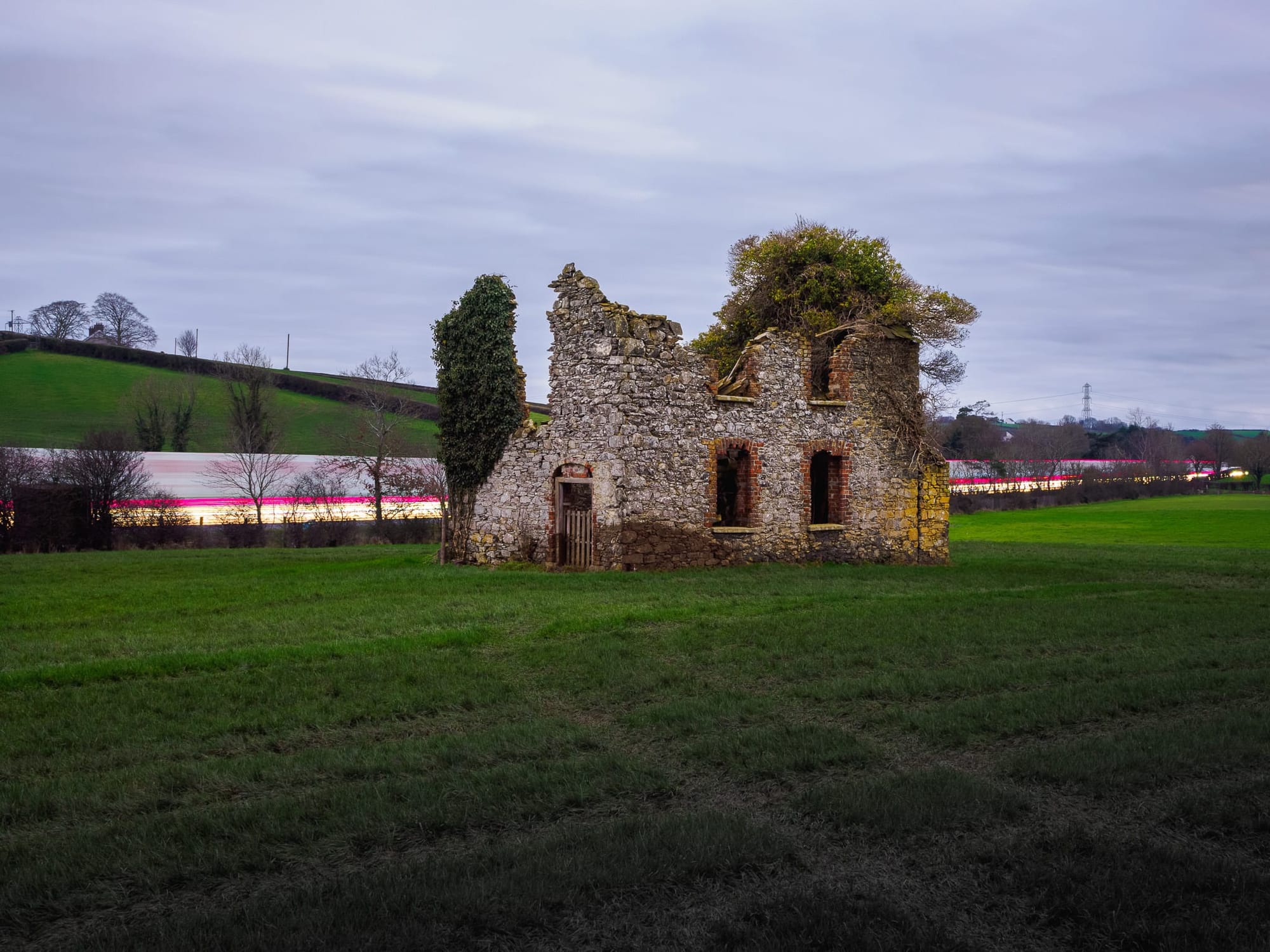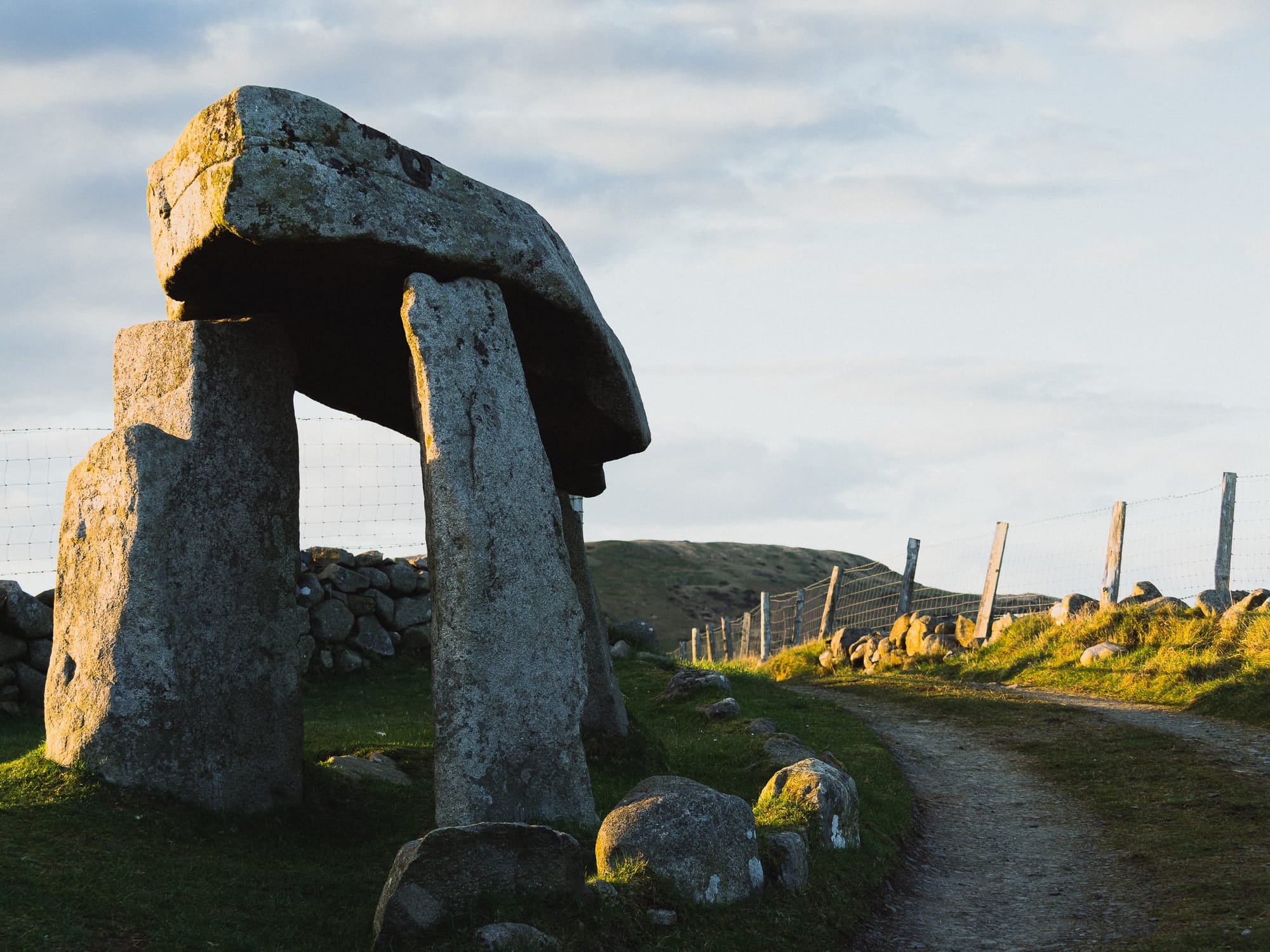OM System OM-1 Impressions After Twelve Months

Welcome to the World of Micro Four Thirds
I bought a new camera because of a worm.
The little worm niggled me on a daily basis until I gave in. Remember when you get a tune in your head and it repeats over and over? That’s an ear-worm. My worm is like that except it can cost a lot of money.
I had loved the Fujifilm X100V but it developed a fault. From time to time when some settings used processing power, the images failed. After a failed email exchange with Fujifilm UK I cut contact and returned the camera to Wex for repair.
Wex was terrific. Fujifilm UK was abysmal. And while the camera was with Wex I decided to see what other options were available.
Big mistake.
One way or another I came across articles about a "wow" camera by OM Systems. Chris Niccolls and Jordan Drake on DP Review had produced videos on the OM System and I became curious.
What was this OM System?

OM Who?
OM Systems is the successor to Olympus. When Olympus sold its photography division, OM Systems , or OM Digital Solutions, emerged.
OM Systems carry on from Olympus with a new name. OM Systems use the same factories and staff. As for Olympus itself. It is remains focused on medical equipment.
OM System’s image is messy. Some products have OM System while some keep Olympus branding. Sometimes you will encounter references to OM Digital Solutions.
The selling of the Olympus photography division had many photographers wondering if it was the end of Micro Four Thirds. This would leave Panasonic as the remaining Micro Four Thirds manufacturer.
The fears have subsided and Micro Four Thirds has a new lease of life.
Fingers crossed.
One blog article or YouTube video after another got my little worm dancing like mad in my head.
I had forgotten the reasons I wanted the Fujifilm X100V in the first place. A fixed lens, compact body, weather sealing, and high quality build, were still important to me. But while the X100V was under repair I was without camera.
I needed a spare and OM Systems' OM-1 looked outstanding. Bloody expensive, but outstanding.
It's a funny thing. Now, just over a year later OM System has launched the OM-1 Mark II.
The OM-1 “Wow” Camera
The OM System OM-1 is a cutting-edge digital camera that carries on from the OMD-EM1 Mark iii. It has taken me over a year to get familiar with Olympus’ naming scheme.
The OM-1 had been making waves in the photography world since its release in March 2022. I delved into savings and purchased my unit in October 2022.
The OM-1 has a sleek design, advanced features, and excellent image quality. Though to be fair. I have no arrangements for side-by-side comparisons. Nor do I pixel peep.
I am a normal user. I am a hobbyist who refuses to obsess on getting the ultimate level of megapixels.
Despite the worm in my head telling me the camera is for professionals, I became tempted.
I have enjoyed the OM-1 for over a year and this honest review will take you through what it's like to own and shoot with. The OM-1 is OM System’s flagship camera. I will share my insights into its performance, reliability and appeal.
First Impressions
The most expensive camera I owned was the Canon 80D. With the kit lens it cost £1300 in March 2019. That is the date I mark as the beginning of my photography journey. When I began to learn how to use a camera and move away from point and shoot.
The OM-1 with the 12-40mm f2.8 Pro lens cost £2500. This, for a hobbyist, needed to be a camera that would last for years to come.
The OM-1 packaging signalled premium but would the camera?
With a style following Olympus models, the box was black with silver print and contained a beast of a camera.
The first time I held the OM-1 I knew I had a premium camera in my hand. It felt robust with a good grip. I experienced moments of doubt. I had no doubts about the camera but about me. Would it prove too much for me to handle?
Let's explore the OM System OM-1 camera's design, build quality, and ergonomics.
Design
The OM-1 strikes a balance between modern aesthetics and retro charm. The camera's robust body is easy to hold. It's clear OM System refrained from straying from the design of previous models. The OM-1's development would have began in Olympus.
The buttons, wheels and the adjustable rear screen feel durable and solid.
Build Quality
When you hold the OM-1 you can feel the quality. It's built to withstand some abuse but without the heft. The magnesium alloy body feels sturdy and I am confident it can handle all kinds of adventures. I’ve used the camera in rain and wind without any issue. You must use a weather sealed lens to complement the body’s weather protection.
Ergonomics
One of the most important aspects of a camera is comfort for extended periods. The grip makes it easy to hold during long photo walks. For me it is the lens size that dictates whether I use a wrist or shoulder strap. The placement of buttons and dials is intuitive. The camera has a responsive touchscreen and the menu is easy to use.
I have found the OM System OM-1 a pleasure to work with. It has encouraged me to expand my creative vision, and that's something special.
Getting to Know the Features
- The Sensor: The OM-1 uses a new 20 Megapixel Stacked Back Side Illuminated Live MOS sensor, and the latest TruePic X image processor, which is three times faster than previous models. I am certain you could find many technical explanations. All I know is the sensor has its light-sensitive elements nearer to the surface. This allows more light to reach each pixel. Low light performance is a frequent criticism of Micro Four Thirds so every little helps.
- Versatile Lens Options: A standout feature of Micro Four Thirds is its wide range of lenses. From ultra-wide to telephoto zooms. You can adapt the OM-1 camera to any photographic style. Micro Four Thirds can compete with all other systems.
- Fast Autofocus: I am satisfied with the autofocus capabilities of the OM-1. For my style of shooting it has worked. There were few occasions when tracking a bird has failed but I blame the photographer. The system can struggle if the subject is among tree branches.
- 4K Video Capability: The OM-1 offers 4K resolution if you need it. The camera's stabilisation features help to ensure smooth footage.
- Intuitive Touchscreen: Navigating through settings is simple thanks to the new menu. For discrete street photography I bought the OM-5’s predecessor, the OMDS EM-5 mark iii. The EM-5 has an older generation menu and is much harder to use. The OM-1 menu spoils me and I can get a little frustrated when using the EM-5 mark iii.
- Weather Sealing: The camera is safe to use in rain or dusty environments. Weather protection was an important consideration and the OM-1 has not disappointed. The photographer has suffered in driving rain, the camera has not.
- Customisation: Like many cameras, you can tailor the controls to your preferences. There is also the option for a 'My Menu' or favourite list. Changing settings on the move is easy with the Super Control Panel. The panel is a one page display of the most common settings.
- Battery Life: The OM-1 has good battery life but you should carry a spare. I have three batteries because I bought one spare and another came with the charger. Battery life depends on the features you use, screen time, and processing power used. Neither the OM-1 or the EM-5 deliver the CIPA rated number of shots.
- Computational Features: The camera’s special features are the main attraction for me. Live Composite takes a baseline picture then subsquent exposures record increases in light. Live composite makes light trails and star trails easy. Live bulb removes the guesswork from long exposures where you see the picture build up on the screen. Starry sky autofocus simplifies focusing on stars. Built-in ND filters up to ND64 saves carrying filters in your camera bag. All wonderful.
- Compact Size: My previous Canon 80D with its 18-135mm zoom discouraged me from using it much of the time. And for some reason, the camera evoked no feelings with me. The OM-1 excites me. There is something about the OM-1 that begs me to explore all kinds of photographic genres. And yes, some of my zoom lenses are large, but the excitement compensates.
Some Favourites...so far









Lens Addiction
Approaching five years in photography I continue to explore different genres. The downside is the tendency to buy different lenses for different purposes. The OM-1 represents a turnaround for me. Having shunned the need for many lenses with the Fujifilm X100V or the Ricoh GRIII, I have become a lens addict. To date I have three prime lenses (17mm f1.2, 25mm f1.8, and 45mm f1.8) and three zooms (12-40mm f2.8, 40-150mm f2.8, and 100-400 f5-6.3). Madness. And the lens worm keeps niggling at me.
What Would I Improve on the OM-1?
I struggle with this question. Pro magazines, reviewers, and influencers, have many products to compare. As an ordinary consumer I am limited to my personal budget and the few products I have owned.
With the Panasonic Lumix DC-G9ii boasting a 25MP sensor it is tempting to ask a future OM-1 gets a bump up in sensor size. But I would argue that is for promotional boasts. But another computational feature I failed to mention is the high resolution modes. When needed the OM-1 can deliver a 50 megapixel shot handheld, or 80 megapixels on a tripod. There is three sensors in one! The Lumix can do 100MP hi-res. Sensor size isn't as important as some would have you believe.
Ruling out the sensor, what would I improve?
At the moment I find it hard to say.

End Note
Purchasing the OM-1 was a victory for me. I avoided buyer’s remorse.
The OM System OM-1 is an exciting camera. It has brought me to new styles of photography and ignited a passion to learn and develop as a photographer.
I have found my system.
If you are an enthusiast or professional, or need a camera for holiday memories. Into travel, wildlife, night sky, nature, or street. Whatever your genre, the OM system is worth a look.
In 2024 with the launch of the Mark II, the OM-1 is even better.
Thanks for reading this far. If you found this story helpful, please consider buying me a coffee. It would mean so much. 😊





